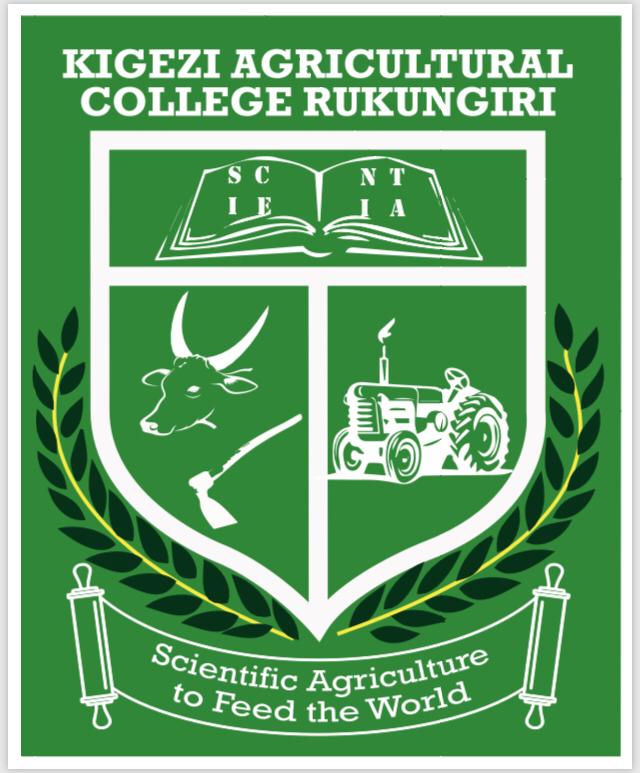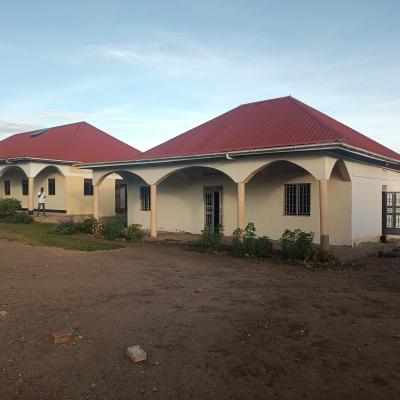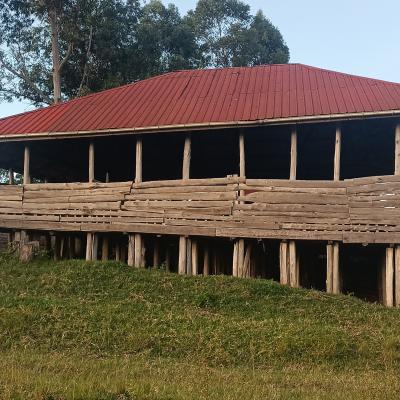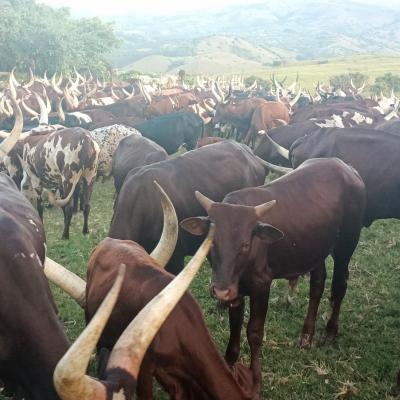Uganda, often referred to as the "Pearl of Africa," boasts a diverse climate that supports agriculture, the backbone of its economy. However, in recent years, the country has faced increasingly erratic weather patterns that pose significant challenges to farmers. The beginning of 2025 has been particularly challenging, with a prolonged dry spell in January and February followed by unusually heavy rains in March. These extreme weather fluctuations have had profound impacts on food production, livelihoods, and the overall economy.
Effects of the Dry Spell (January – February 2025)
The dry months at the start of the year led to severe water shortages, affecting both crops and livestock. Farmers across Uganda, especially in regions like the cattle corridor, experienced major losses as water sources dried up. Key staple crops such as maize, beans, and bananas suffered from heat stress, leading to stunted growth and reduced yields. Pastoral communities were hit hard as grazing fields dried out, leading to the death of livestock and lower milk production.
The lack of rainfall also delayed the planting season for many farmers who rely on natural rainfall for crop growth. Without irrigation systems, the extended dry period resulted in significant delays in crop development, pushing back harvesting timelines and affecting food supply in the local markets.
Impact of Heavy Rains (March 2025)
Just as farmers hoped for relief from the dry spell, heavy rains in March brought a new set of challenges. While rainfall is essential for crop growth, excessive amounts have led to flooding, waterlogging of farmlands, and soil erosion. In low-lying areas and river basins, such as in the districts of Butaleja and Kasese, flash floods have destroyed fields, washing away crops and leaving farmers devastated.
Additionally, heavy rains have contributed to the spread of crop diseases and pests, such as fungal infections in coffee and bananas. Many roads connecting rural farmers to markets have been damaged by flooding, limiting access to essential inputs and reducing farmers’ ability to sell their produce. The instability in food production has driven up food prices, making staple foods less affordable for many Ugandans.
Long-Term Implications and Solutions
The unpredictable weather patterns observed in early 2025 highlight the urgent need for climate-smart agricultural practices. Farmers must adopt drought-resistant crop varieties, improved irrigation systems, and soil conservation techniques to mitigate the impact of extreme weather. Additionally, the government and stakeholders should invest in early warning systems to help farmers prepare for adverse conditions.
Policymakers must also prioritize investment in resilient infrastructure, such as improved drainage systems and better roads, to ensure that farmers can continue production despite extreme weather. Encouraging agroforestry, which combines tree planting with crop farming, can help prevent soil erosion and improve water retention in farmlands.
Conclusion
The ever-changing weather patterns in Uganda, exemplified by the severe dry spell in January and February followed by heavy rains in March, pose a serious threat to agricultural productivity. To ensure food security and protect the livelihoods of farmers, Uganda must embrace adaptive strategies that enhance resilience against climate change. With coordinated efforts from farmers, the government, and development partners, the agricultural sector can withstand these climatic shocks and continue to thrive.






